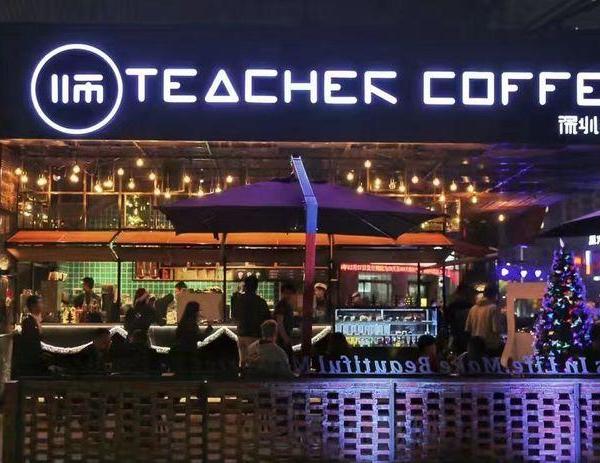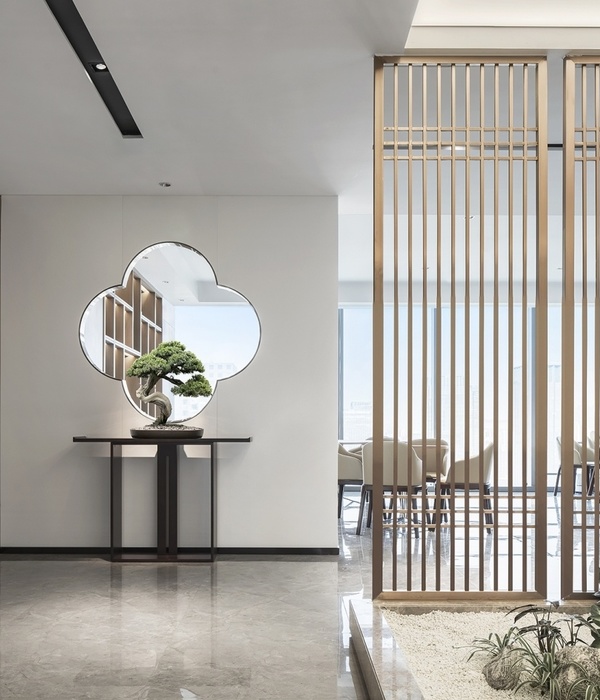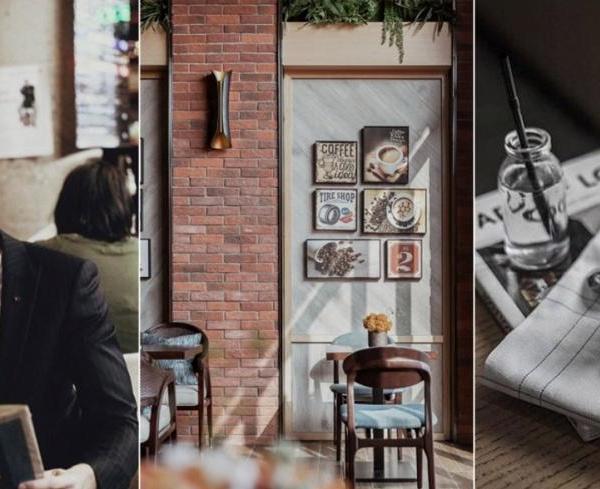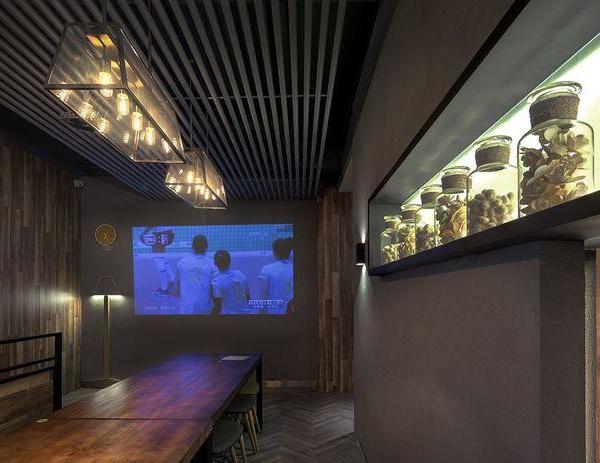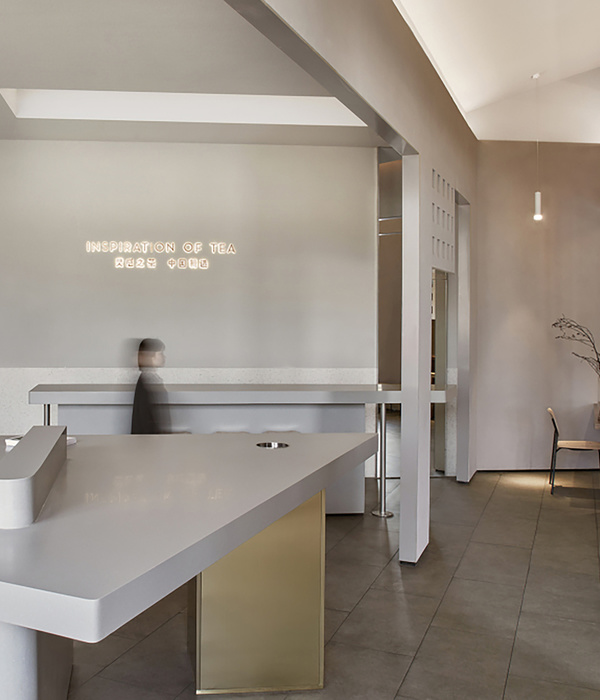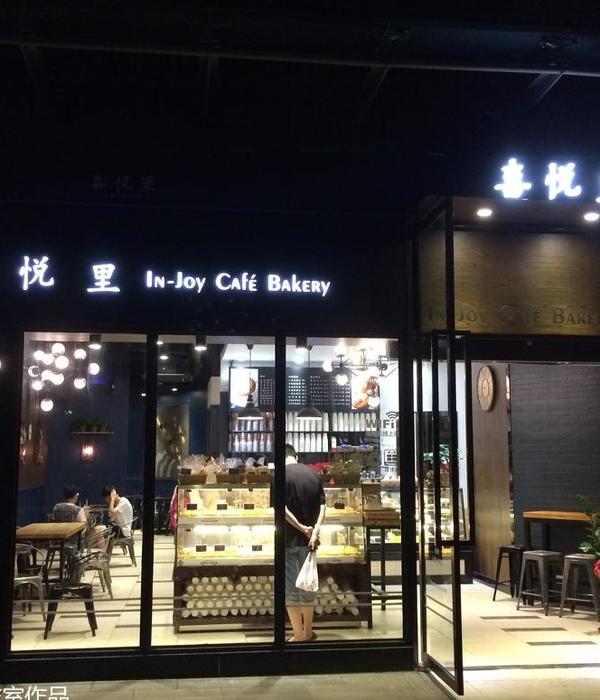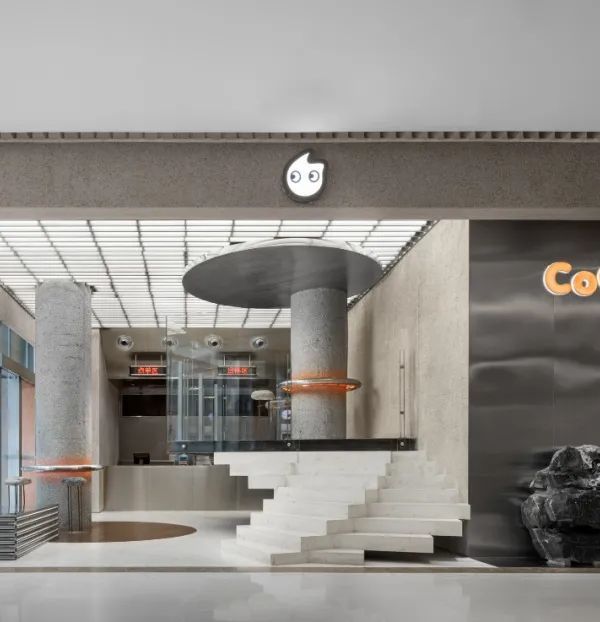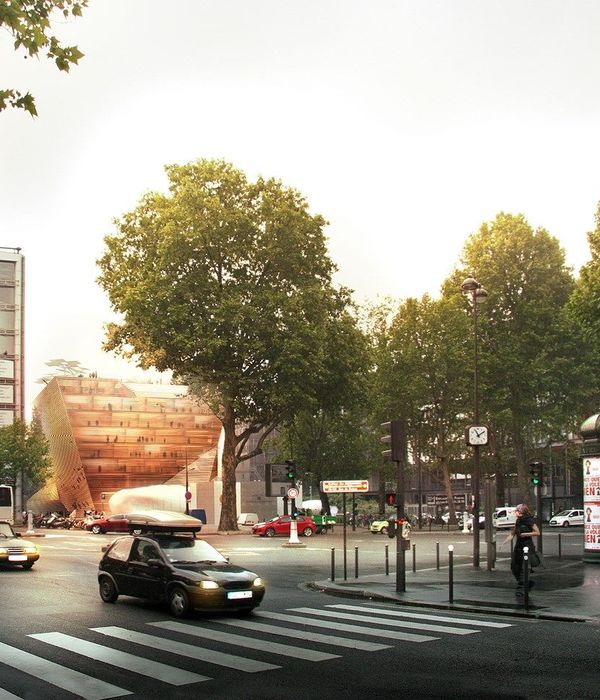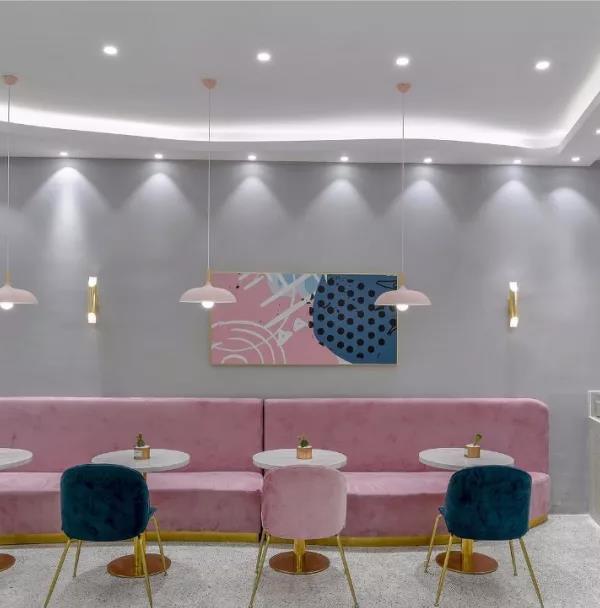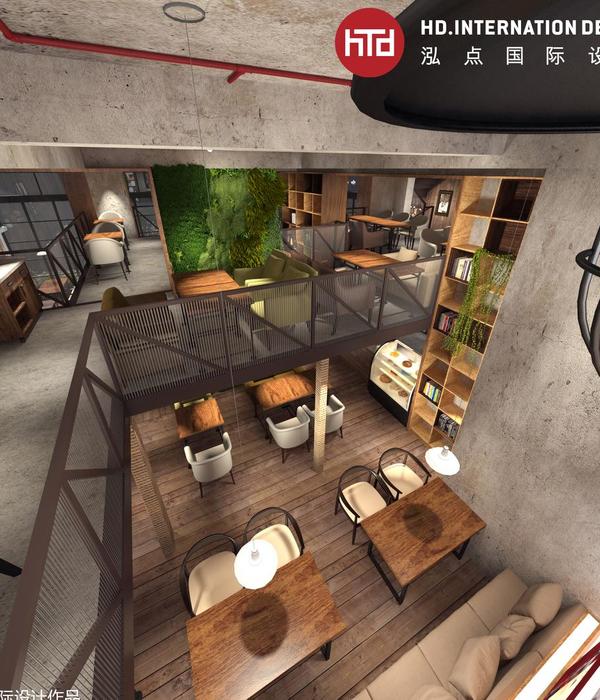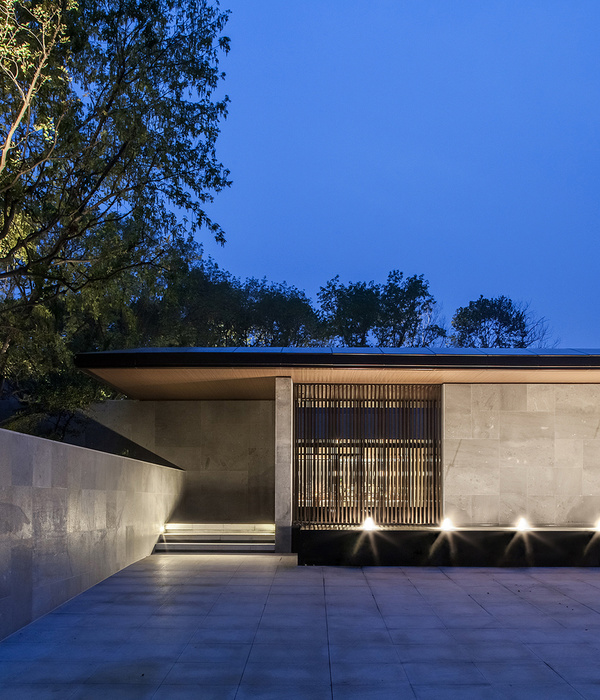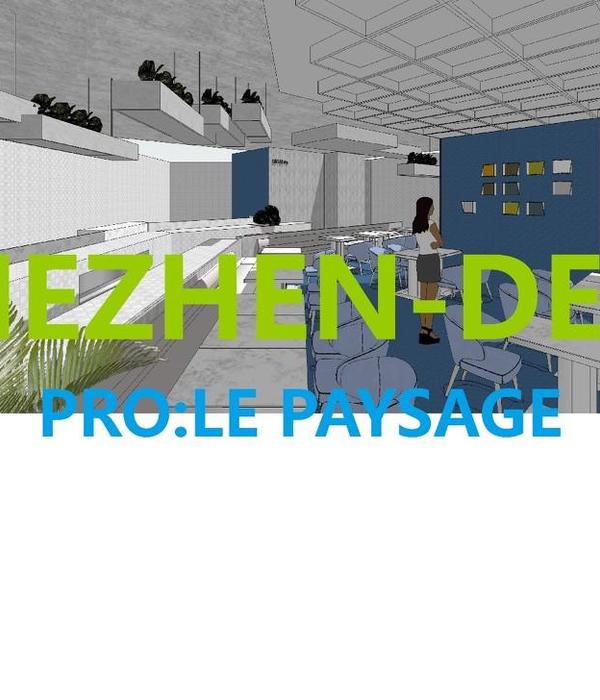用经过液氮快速冷冻的原料制成的冰淇凌口感新鲜。Michael Lai与Tommy Choi在亚洲尝试过这丝滑而浓郁的体验后大为震撼,将这独特的制造工艺带回温哥华,开办了这家名为Mister的冰激凌店。
Mister is an ice cream shop opened by Michael Lai and Tommy Choi who were inspired to bring the liquid nitrogen process to Vancouver after experiencing the ice cream-making method in Asia. Mister’s ice cream is made fresh to order with liquid nitrogen freezing the ingredients rapidly, resulting in a denser, smoother and creamier scoop.
▼ 液氮制成的冰淇淋,ice cream made fresh to order with liquid nitrogen
店铺位于Yaletown区中心一个改建于1912年码头仓库的商业区里。Scott & Scott Architects在设计空间时兼顾了这栋建筑自身的历史以及冰激凌的制造过程。通过拆除原先租户的所有装饰,粗旷的混凝土板地面得以裸露在外,工作区的砖墙在清理过后,也被涂上了厚厚的光泽涂料。
The shop is situated on the elevated loading dock of a 1912 warehouse loft conversion in the centrally located Yaletown district. Scott & Scott Architects designed the space in a manner which acknowledges the history of the building and celebrates the process of making the ice cream. The space was stripped of earlier tenants embellishments, the existing concrete slab ground, the brickwork white washed and painted with a thick gloss paint in the area of production.
▼ 建于工业建筑改建区的店铺,shop situated on the warehouse loft conversion
▼ 拆除了所有装饰的室内,interior space was stripped of embellishments
▼ 座椅区,seating area
建筑师在选择和处理材料时,非常注重其耐久性,以及对于冰淇淋制造设备的包容性。岛状工作台的外部被镀锌的厚钢板所包裹,厚厚的玻璃面板分隔开操作区和客人的通道,而流通的空气将会把冰淇淋制造过程中不时喷出的厚重冰雾吹散。
Materials were selected and treated in a manner which is durable and consistent with the application of their use. The working island was fabricated with plate steel and dip galvanized as a single element to support the protective glasswork and counter. The island is detailed in a manner that contains the heavy chilled mist and then allows it to vent.
▼ 工作台由金属和玻璃组合而成,working island was fabricated with metal and glass
▼ 工作台细节,detail
“当我们看到镀锌表面时,小时候把舌头粘在滑雪缆车的金属护栏上的回忆会瞬间把我们带回冰雪皑皑的冬季。”
“We often associate the galvanized finish with memories of cold from childhood and that experience of sticking your tongue to the steel guard on a ski lift.”
▼ 工作中的搅拌机,ice cream production
操作台的台面以来自魁北克采石场的皂石铺设而成。应付零下196摄氏度液氮有可能带来的温度冲击对这种常用作实验室台面的材料来说不在话下。而位于空间侧面,桌椅区旁边的道格拉斯冷杉胶合板储物柜的表面则经过了多层应用染料喷雾着色而成。半褪色的表皮与整个空间朦胧的“冰激凌”气氛相得益彰。
The soapstone counter used for the food preparation area was sourced from a quarry in Quebec. Soapstone was historically used in laboratories and is well suited to the potential thermal shock that may occur from the -196C nitrogen.
Functional storage was consolidated into a linear douglas fir plywood cabinet block which (along with the architect designed moulded leather, steel and wood stools) was finished in their studio using layers of spray mist applied dye. The resulting faded coloured finish is in concert with the room’s foggy, churning ice cream atmosphere.
▼ 皂石筑成的柜台可经受低温,soapstone counter is well suited to the potential thermal shock
▼ 冰淇淋,ice cream
▼ 平面图,plan
Location:1141 Mainland Street, Vancouver Canada
Opened:June 2016
Area: 482 sq‘ (44 sq.m.)
Team: Susan Scott, David Scott, Maxwell Schnutgen, Jordan Beggs
Builder:Bon Constructors
Seating Scott & Scott Architects
Branding Brief
Photo Credits(as noted on file):
Scott and Scott Architects
Fahim Kassam
Drawings: Scott and Scott Architects
English Text: Scott and Scott Architects
MORE:
Scott and Scott Architects
,更多请至:
{{item.text_origin}}

